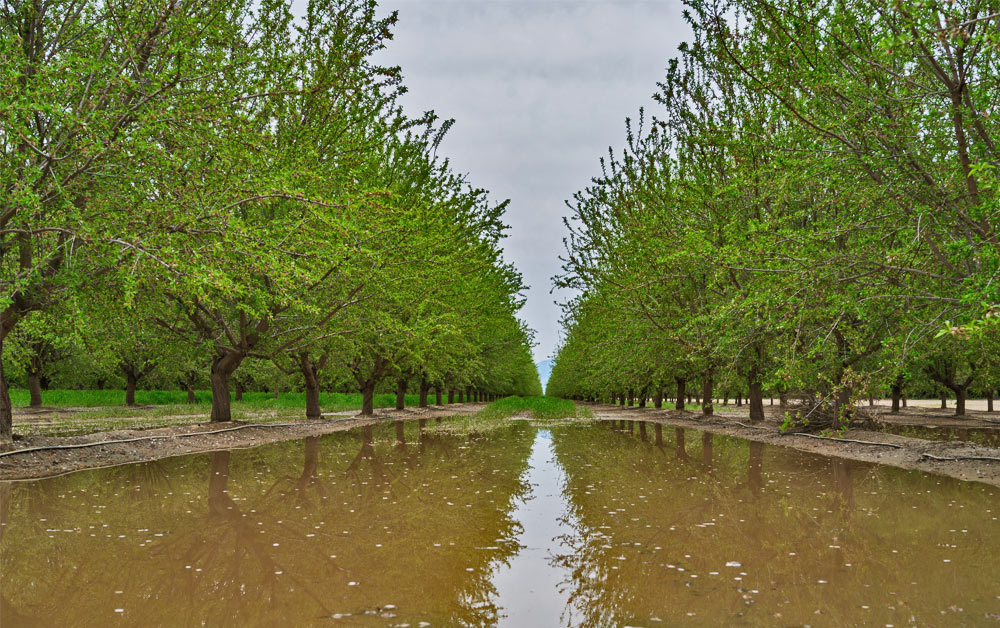Waterlogging occurs when soil becomes saturated with water, leading to a lack of oxygen availability for plant roots. This condition obstructs root respiration and nutrient uptake, causing physiological stress to plants. Common symptoms include yellowing leaves, stunted growth, and wilting despite adequate water presence. Prolonged waterlogging can result in root rot, soil compaction, and an overall decline in plant health, ultimately reducing crop yields. Additionally, waterlogged conditions create a favorable environment for fungal diseases and pests, compounding the issue for farmers.
This problem is typically caused by factors such as heavy rainfall, inadequate drainage systems, compacted soil, or improper irrigation practices. Soils with high clay content are especially vulnerable to saturation because of their slow drainage and restricted aeration. While certain crops like rice are more tolerant to waterlogged conditions, many others, including cereals, vegetables, and fruit trees, suffer greatly from extended exposure. Addressing waterlogging is critical for maintaining soil structure, ensuring root health, and sustaining farm productivity over time.
Practical Examples of Waterlogging
Examples of waterlogging include fields submerged after heavy rains, stagnant water from clogged drains, or over-irrigated fields with insufficient drainage. In many regions, heavy clay soils and low-lying terrain exacerbate the problem.
Flooded paddy fields, a common practice in rice farming, are an intentional method of soil saturation, differing from unintended instances that negatively affect crops such as wheat, maize, and vegetables.
Common Waterlogging Scenarios:
- Heavy rainfall leading to flooding.
- Clogged drainage systems causing standing water.
- Excessive irrigation without proper runoff.
- Fields near rivers prone to overflow.
- Low-lying areas with poor water percolation.
How Farmers Can Prevent Waterlogging
To address waterlogging, farmers can implement proactive strategies. Improving soil drainage through land grading or adding organic matter increases water absorption. Planting tolerant crop varieties also mitigates damage.
Effective Solutions:
- Land grading for even water distribution.
- Installing drainage systems to remove excess water.
- Using cover crops to enhance soil structure.
- Crop rotation to maintain soil health.
- Early preparation based on weather forecasts.
Irrigation Systems to Avoid Waterlogging
Modern irrigation systems reduce waterlogging by delivering precise amounts of water. Drip irrigation, for instance, targets the root zone, minimizing over-saturation.
Efficient Irrigation Practices:
- Drip irrigation for targeted watering.
- Sprinkler systems for controlled distribution.
- Smart irrigation with real-time monitoring.
- Subsurface irrigation to prevent surface pooling.
- Rotational irrigation to balance soil moisture.
How AgNote Can Help
AgNote provides farmers with tools to monitor soil moisture levels and manage irrigation schedules. These insights allow farmers to prevent waterlogging and optimize crop health. Sign up for AgNote’s 7-day free trial to explore advanced farm management features and protect your fields from waterlogging.
